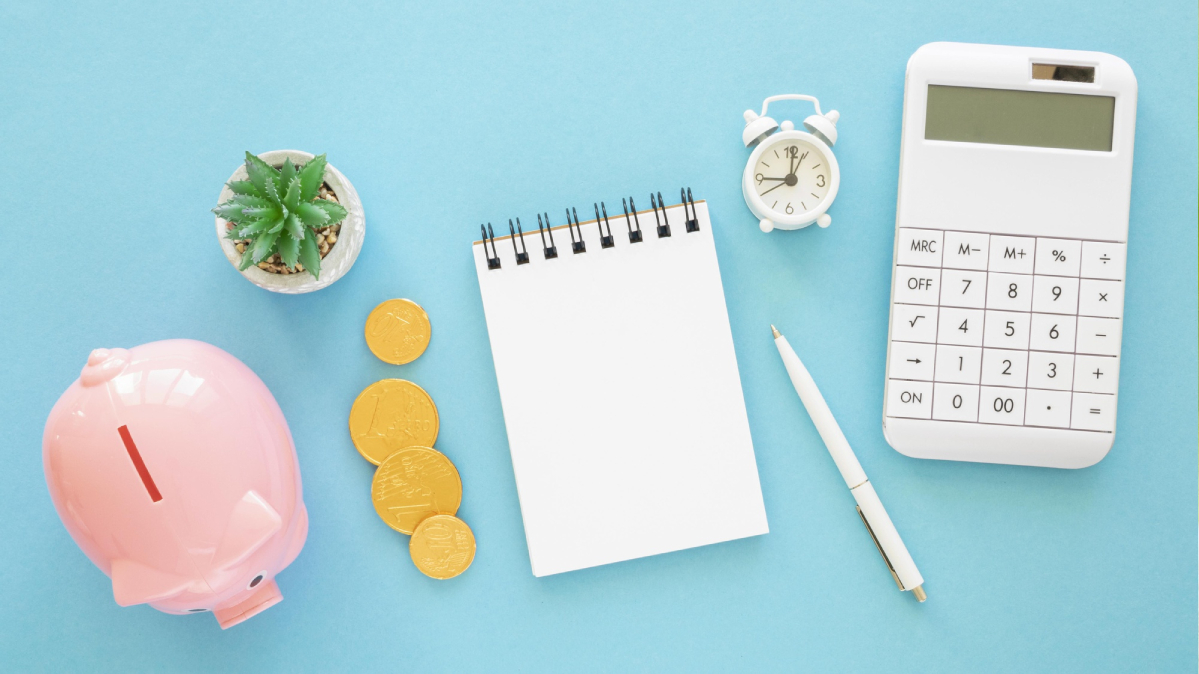
How to Create a Budget that Works for You
1. Assess Your Income and Expenses
The first step in creating a budget that works for you is understanding your current financial situation. Start by reviewing your monthly income, including salary, side hustles, or any other sources of income. Then, track all of your expenses—fixed costs like rent or mortgage, utilities, and car payments, as well as variable expenses such as groceries, entertainment, and discretionary spending. This will give you a clear picture of where your money is going and help identify areas where you can cut back.
2. Set Clear Financial Goals
Once you have a complete picture of your income and expenses, it’s important to define your financial goals. Are you saving for an emergency fund, planning for a vacation, or paying down debt? Setting specific, measurable goals will give your budget direction and purpose. These goals will help you prioritize your spending, ensuring that you allocate money toward the most important financial objectives, whether it’s saving, investing, or paying off high-interest debt.
3. Choose the Right Budgeting Method
There are several budgeting methods to choose from, so select one that fits your financial style and needs. Popular methods include the 50/30/20 rule, where 50% of your income goes to needs, 30% to wants, and 20% to savings or debt repayment. Alternatively, you could try the zero-based budget, where every dollar of income is assigned a specific purpose. Experiment with different methods until you find one that suits your spending habits and helps you meet your goals.
4. Track Your Spending Consistently
Once you've established your budget, tracking your spending is essential to ensure you stay on track. Use budgeting tools or apps to log your expenses regularly, or simply review your bank and credit card statements to compare actual spending to your planned budget. Consistent tracking helps you stay accountable and ensures you don't overspend in areas that might derail your financial goals. The more regularly you track your spending, the easier it becomes to identify trends and make adjustments as needed.
5. Cut Back Where Necessary
After reviewing your spending, you may find areas where you can cut back to free up money for savings or debt repayment. For instance, consider reducing discretionary spending like dining out, subscriptions you don’t use, or impulse purchases. It’s important to strike a balance between enjoying your life and saving for the future. Small, intentional changes can add up over time and allow you to reallocate funds to areas that align with your financial priorities.
6. Build an Emergency Fund
A key component of any successful budget is an emergency fund, which acts as a financial cushion during unexpected situations like medical emergencies, job loss, or car repairs. Aim to save at least three to six months' worth of living expenses. Building an emergency fund helps you avoid falling into debt when unexpected costs arise, giving you peace of mind and financial stability as you work toward other financial goals.
7. Review and Adjust Your Budget Regularly
Your budget isn’t set in stone; life circumstances change, and so should your budget. Regularly reviewing your budget—at least monthly—ensures that you're staying aligned with your financial goals and adapting to changes in income or expenses. If you find you're overspending in a particular category, adjust your allocations for the following month. A flexible budget that evolves with your life will ensure you're always moving in the right direction toward achieving your financial aspirations.